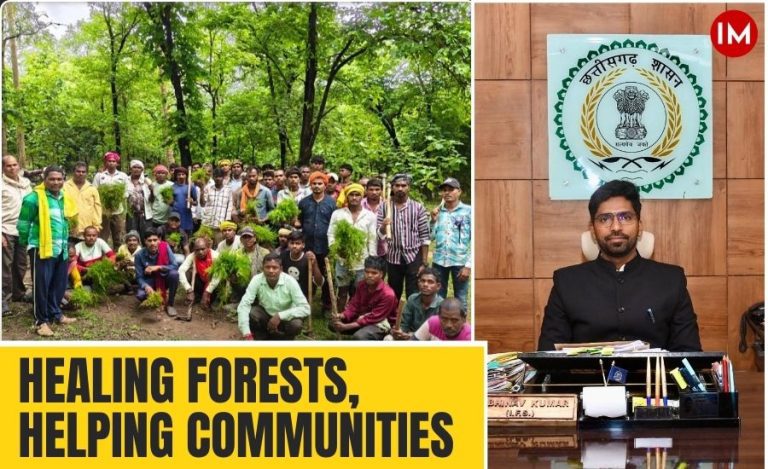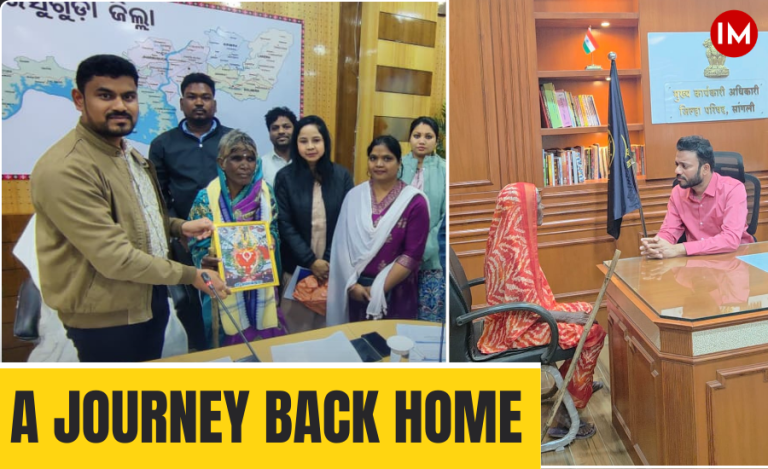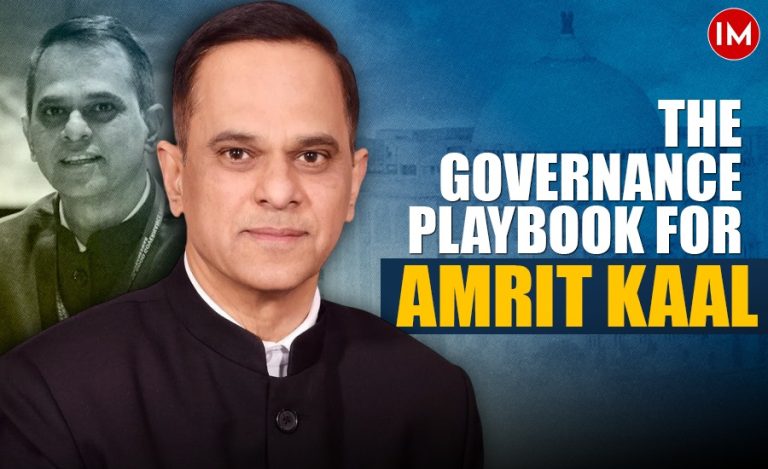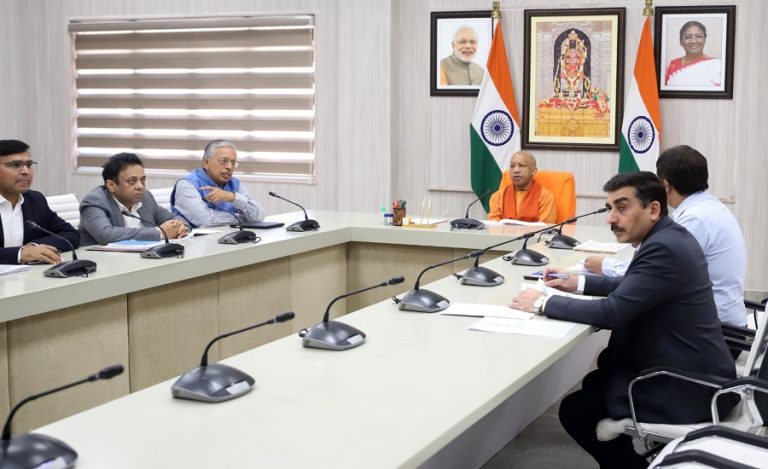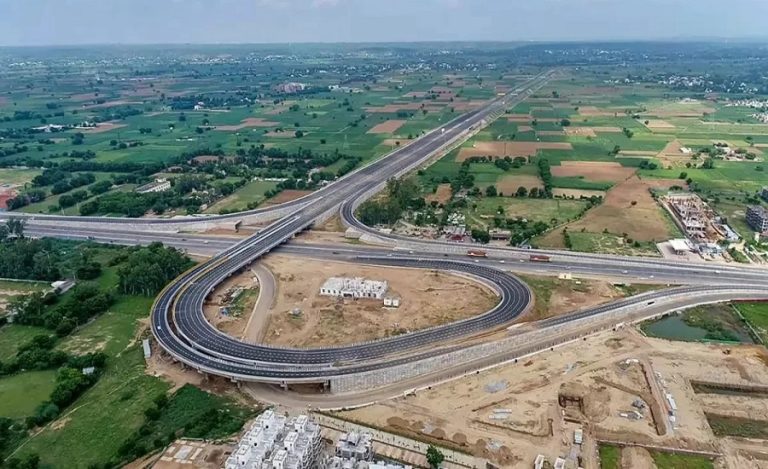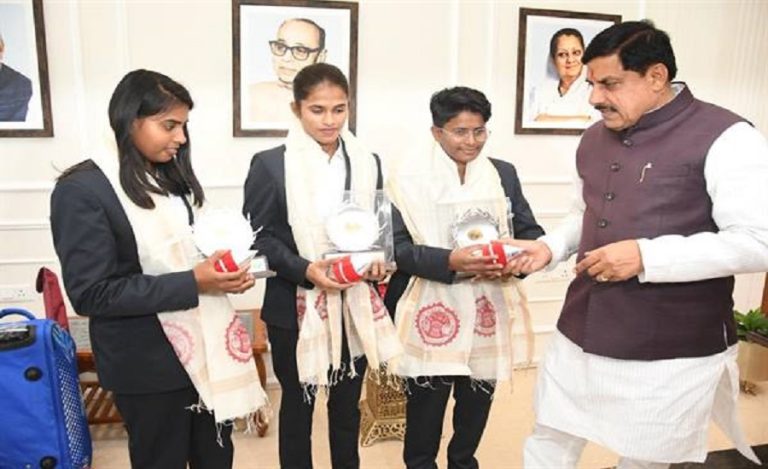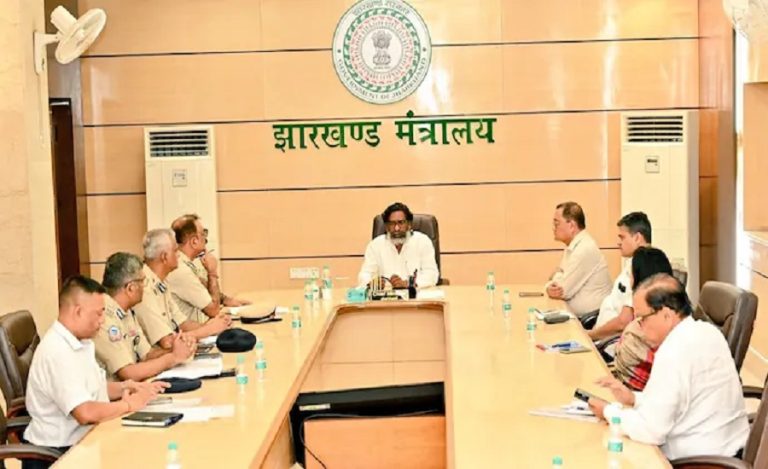Recalling his journey, C S Rao says, “I began my education in my village and later completed my master’s degree from Andhra University, Visakhapatnam. After brief stints in transport and the state forest department, I entered the Indian Forest Service and was allotted the Sikkim cadre. Since then, I have had the privilege of serving this beautiful Himalayan state in various roles — from DFO to Principal Secretary across departments like education, rural development, and tourism.”
For over three decades, Indian Forest Service officer C.S. Rao has been an integral part of Sikkim’s administrative journey — a journey marked by sustainability, innovation, and inclusive growth. Hailing from Andhra Pradesh’s West Godavari district, Rao belongs to the 1993 batch of the Indian Forest Service and currently serves as the Additional Chief Secretary, Tourism and Civil Aviation Department, Government of Sikkim.
Over the years, Sikkim has emerged as a model state for eco-friendly governance and responsible tourism, thanks to policies that go beyond paperwork. Rao proudly points out that Sikkim banned plastic bags way back in 1998 — long before the Swachh Bharat Mission began. “We didn’t need to impose fines. The people here are self-disciplined and deeply conscious about cleanliness and the environment,” he said.
Sikkim’s diverse vegetation and altitude variations — ranging from 300 to 8,500 meters — make it a paradise for travelers. With nearly 47% of its area under forest and tree cover, the state continues to maintain its ecological balance even amid infrastructure development. The “Mero Rukh, Mero Santati” initiative, where 108 trees are planted for every newborn child, exemplifies Sikkim’s dedication to sustainability.
Tourism remains the lifeline of Sikkim’s economy, contributing nearly 10% to the state’s GDP and supporting around 30% of the population directly or indirectly. “After agriculture, tourism is the second largest source of livelihood here. Last year alone, Sikkim witnessed 17–18 lakh tourists — an impressive number for a state with just 6.4 lakh residents,” Rao highlighted.
Here is the interview :
Despite challenges such as difficult terrain and limited connectivity, the tourism department continues to innovate. The upcoming Baledunga Skywalk, touted to be Asia’s largest at 240 meters, and the Nathula Experience Project are among several world-class infrastructure initiatives in progress.
A strong believer in community-based tourism, Rao credits Chief Minister P.S. Tamang’s vision for the success of homestay programs across rural Sikkim. “The government has taken up the responsibility of constructing 1,000 homestays free of cost for locals who can provide land. Beneficiaries are trained at the Institute of Hotel Management and the Institute of Adventure Tourism to ensure professional hospitality standards,” he said.
Safety and hospitality, according to Rao, remain Sikkim’s strongest assets. “Even during the 2023 floods, the state ensured that every tourist was taken care of — from shelter to food. Visitors later shared their experiences online, which became positive word-of-mouth publicity for us,” he shared.
Looking ahead, Rao envisions Sikkim Tourism contributing 15% to the state GDP in the next five years. “We are focusing on offbeat and rural destinations to distribute tourist inflow and income evenly. The future of Sikkim tourism lies in sustainable growth — one that balances development with ecology,” he emphasized.
When asked about his advice for aspiring UPSC candidates, Rao underscored patience and persistence. “Success in civil services doesn’t come overnight. Many aspirants lose hope after one or two failed attempts. My advice is — utilize all four attempts. Keep learning, stay consistent, and eventually, you will succeed,” he said with conviction.
From preserving forests to empowering communities, C.S. Rao’s leadership reflects Sikkim’s spirit — humble, resilient, and forward-looking.


